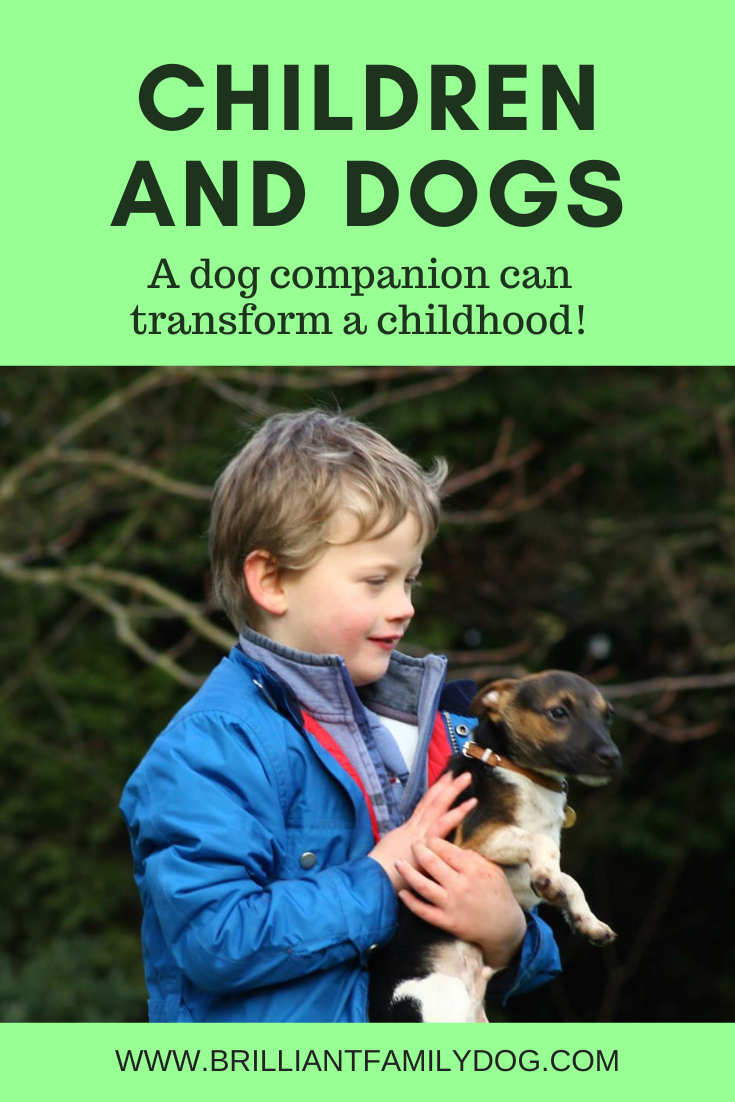A friend had to rush her 7-year-old agility dog to the emergency vet recently. He had to stay in for loads of tests (I guess they’re insured!) and the vet was very glum about his prognosis.
Talking informally to a vet she does agility with, however, gave a very different story. That vet, giving a private opinion, reckoned her dog would be up and working again in no time.
And indeed he’s back home after a few days and the owner’s having difficulty keeping him quiet!
Vets are naturally gloomy, on the whole. The younger the vet, I find, the gloomier. Older, more experienced, vets have more actual history to draw on.
This is partly because vets see a lot of sick dogs.
And it’s partly to do with their insurance and litigation fears.
But they do see the worst cases, with the worst outcomes.
Lacy had a stroke
My Lacy, who is now 15, had her third or fourth (I forget) stroke a few months ago. She could barely totter, head all crooked.
We didn’t trouble the vet.
10 days later she was trotting ahead of me on walks. And a few days after that she was able to do the stairs unsupervised.
Dogs have their own agenda.
They don’t worry ahead to how their life may change.
They just know they want to get from here to over there, and they get on with it.
Naturally we have to defer to our vet’s knowledge. If you ask their advice you should listen!
But take their gloomiest predictions with a pinch of salt.
Let nature decide.
And enjoy your dog while you can.











